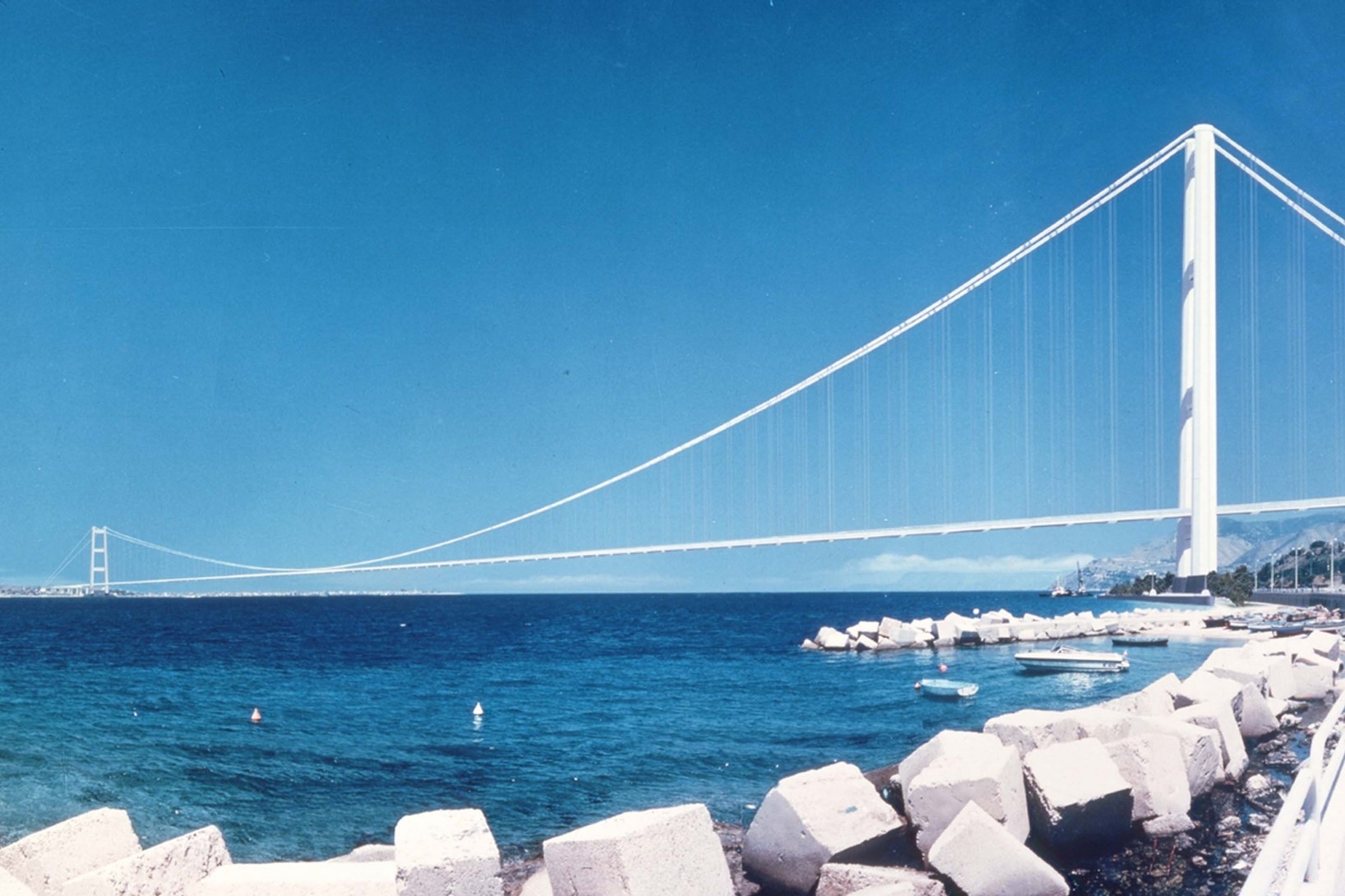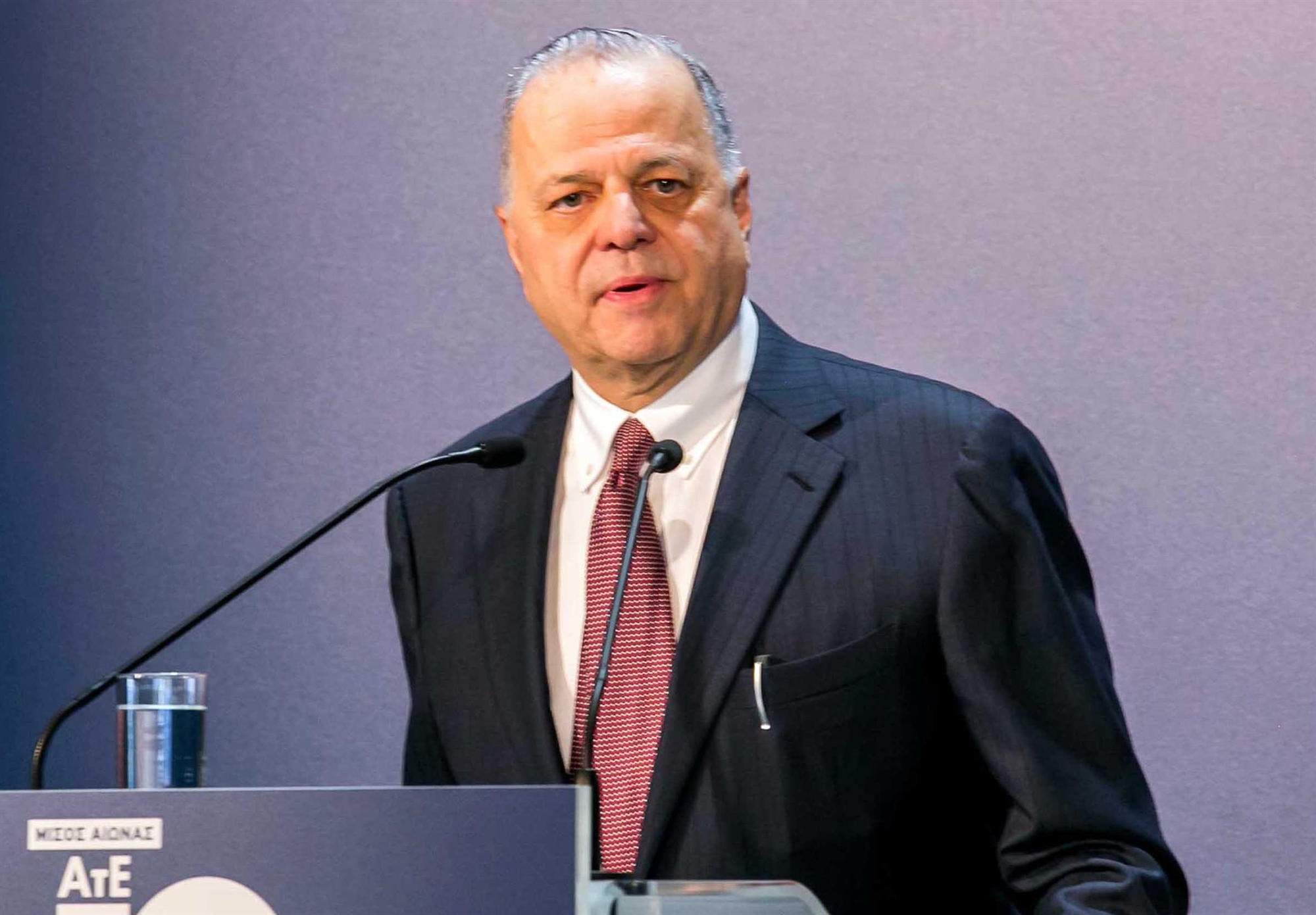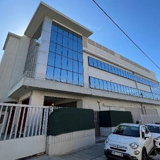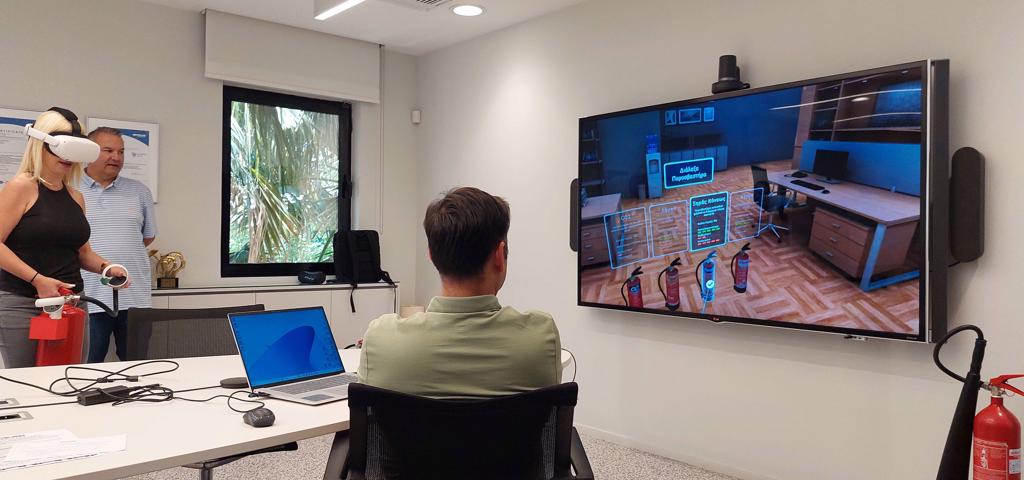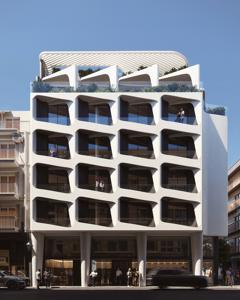More than half a century has passed since the first plans for this ambitious and highly contested infrastructure project came to light. Over the decades, numerous proposals have been shelved, primarily due to concerns over potential financial mismanagement, the enormous burden on taxpayers, and the possible infiltration by organized crime networks—particularly those operating in Sicily and Calabria, where mafia influence remains deeply rooted in local politics and society.
Now revived under renewed political will, the project is estimated at €13.5 billion, with the Italian government seeking to categorize it as a defense expenditure—a strategic move aimed at aligning with NATO’s target for member states to allocate 5% of their GDP toward defense-related investments.
Engineering a Seismic Feat
The proposed bridge is to be constructed in one of the most seismically active zones of the Mediterranean. Engineers claim it will be capable of withstanding earthquakes of up to 7.5 on the Richter scale, thanks to cutting-edge seismic base isolation systems and vibration damping technologies, supported by dynamic suspension mechanisms that ensure structural resilience.
With a total length of 3.3 kilometers, the bridge’s central span—uninterrupted by intermediate supports—will extend 3,300 meters, positioning it as the longest suspension bridge in the world. It will be anchored by two colossal pylons, each rising 400 meters, constructed using high-performance reinforced concrete and structural steel engineered for maximum durability.
Structural and Functional Specifications
The bridge’s superstructure will include:
-
Three vehicular lanes per direction
-
Two central railway tracks
-
Corrosion-resistant materials to withstand marine and coastal weather conditions
-
Advanced aerodynamic stabilization systems, designed to endure wind speeds of up to 270 km/h
Aerodynamic bracing will enhance stability, while the suspension cables—constructed from high-tensile steel—will collectively weigh over 150,000 tons. The engineering blueprint draws inspiration from landmark projects such as the Akashi-Kaikyō Bridge in Japan and the Bosporus Bridge in Turkey, integrating global best practices with localized innovations.
Timeline and Ancillary Works
The overall construction timeline is projected at 7 to 9 years. The initial preparatory phase will focus on foundational works, including complex underwater construction at depths reaching 200 meters.
Complementary infrastructure developments include the construction of two major technical tunnels and a comprehensive network of connecting road and rail links, ensuring seamless integration with the national transportation grid on both the mainland and the island sides.
